Mudaliar Matrimony
by iMarriagesMudaliar matrimony site.
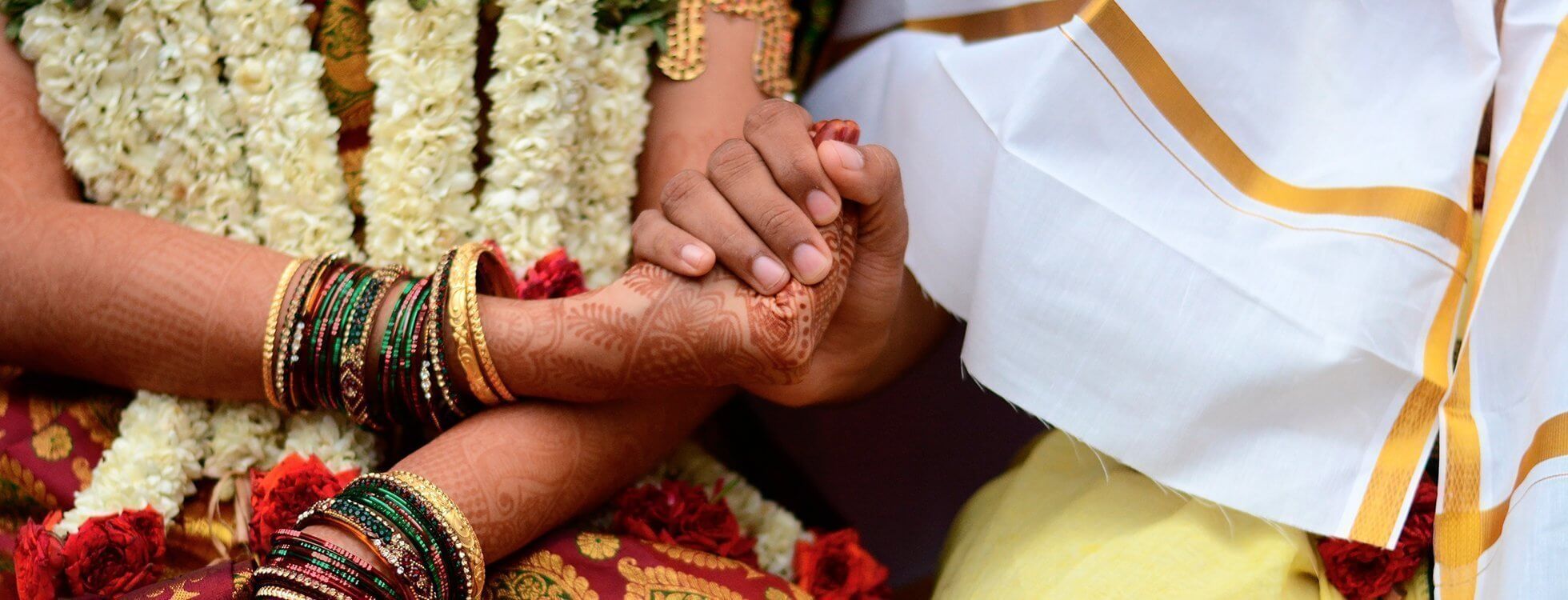

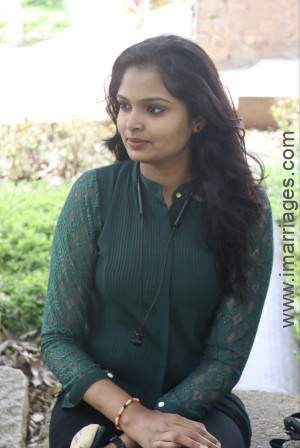

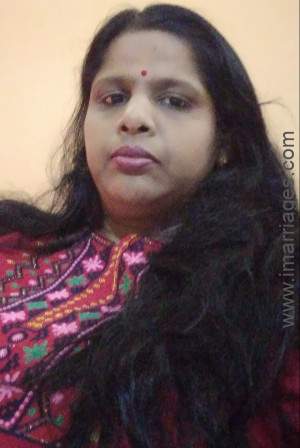
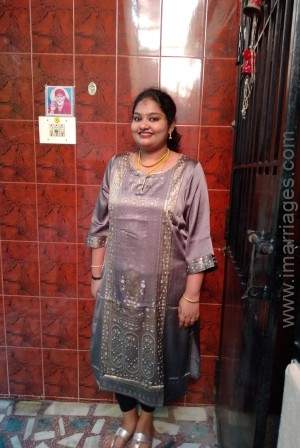
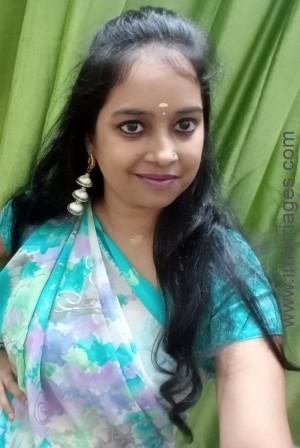

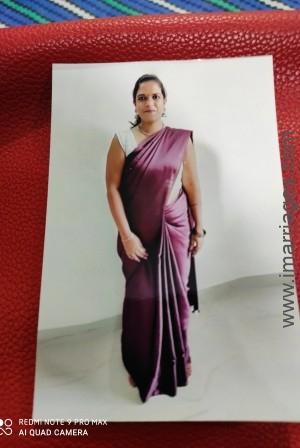

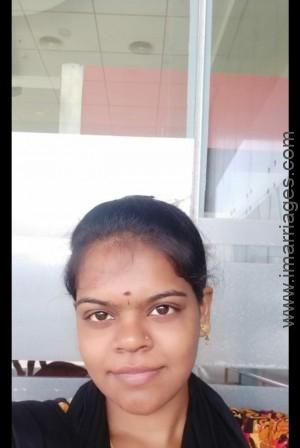

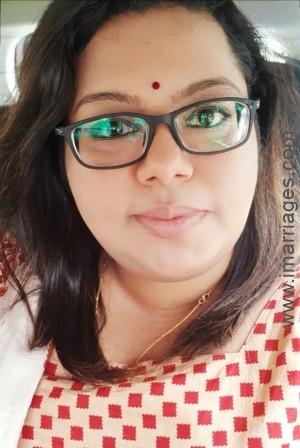
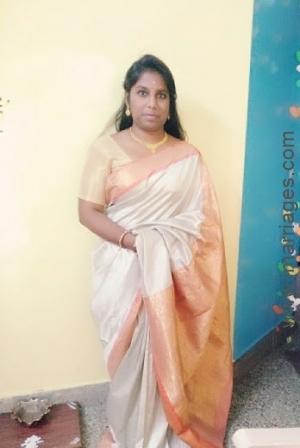
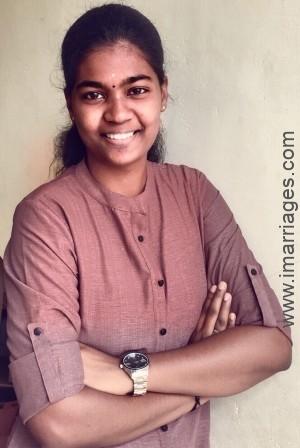
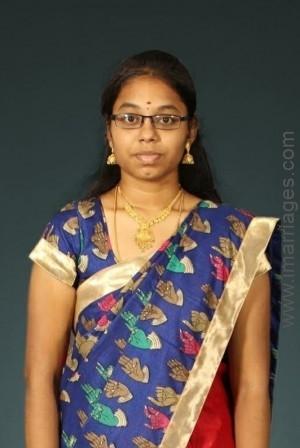
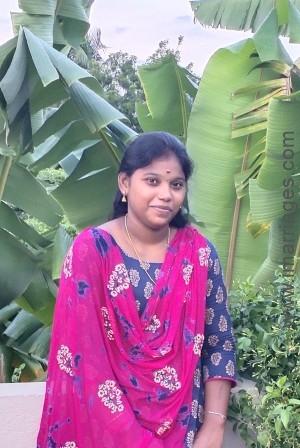
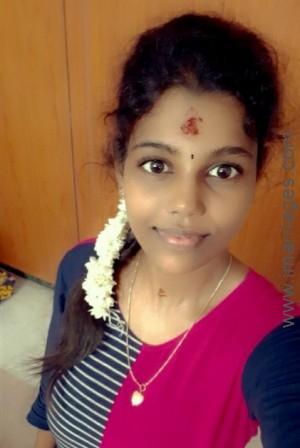


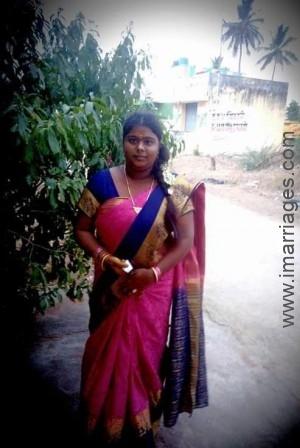
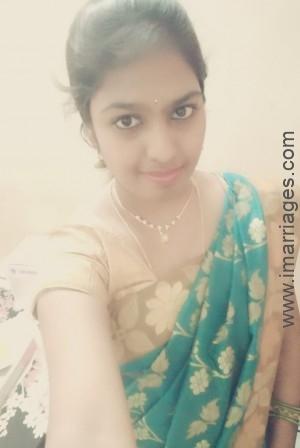
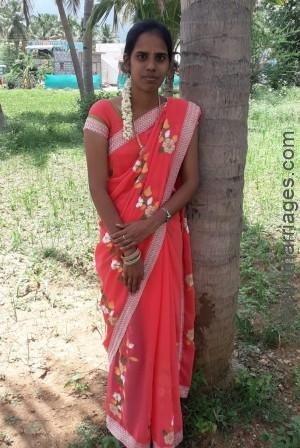
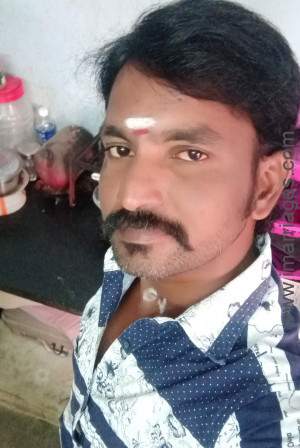

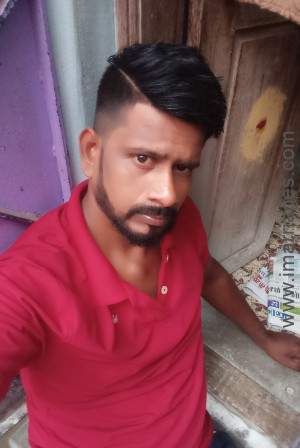

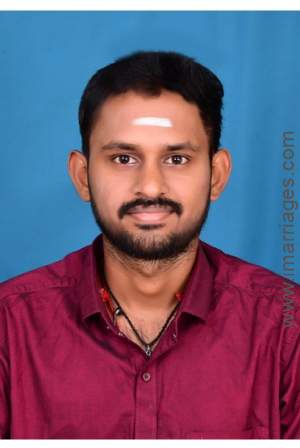
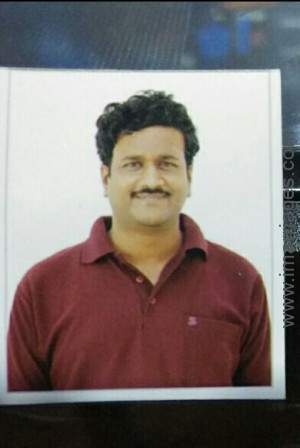
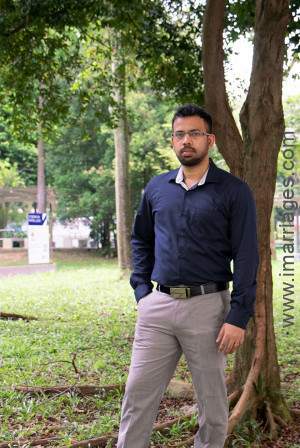

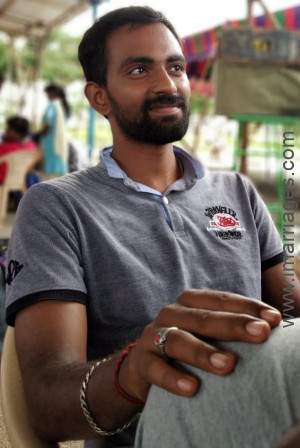


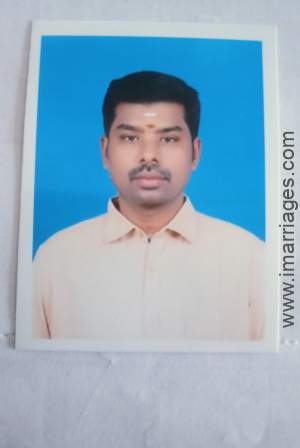
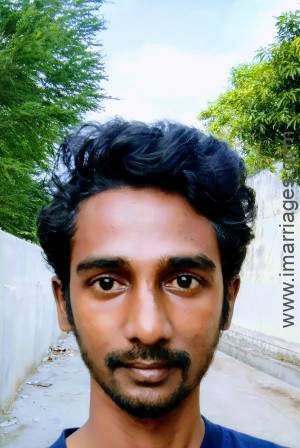
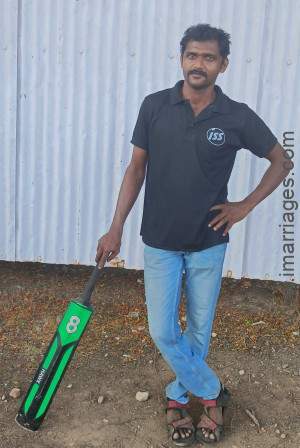
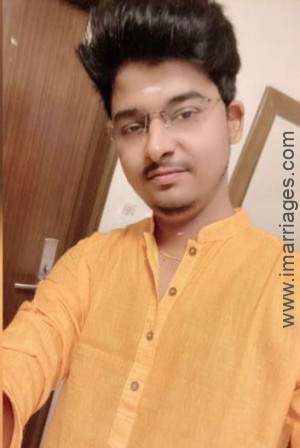


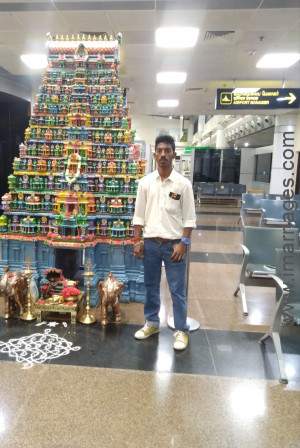
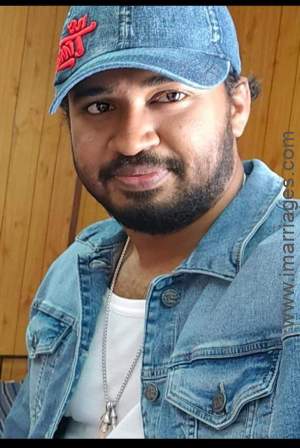


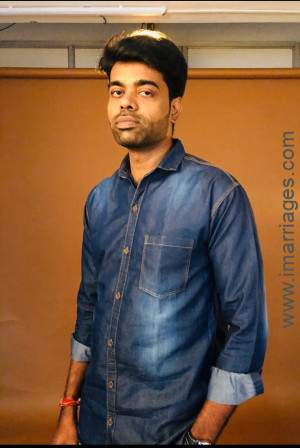

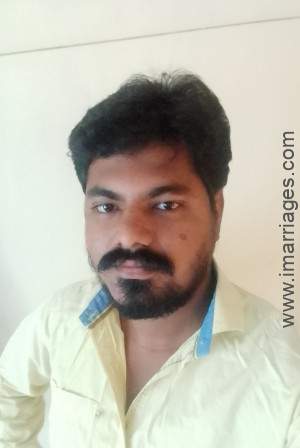
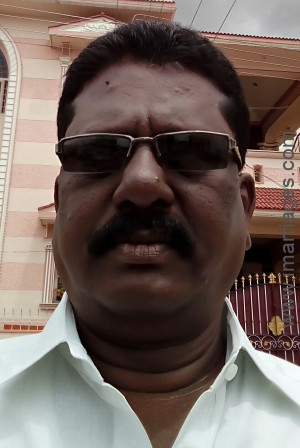


Welcome to Mudaliar Matrimony by iMarriages, a free matrimony portal featuring thousands of profiles.
Mudaliar community is one of the oldest and leading communities in the southern part of India. The word Mudaliar refers to one who leads others, thus they are born leaders. Mudaliar community was proprietors and agriculturist, but with passing time, they moved to many other professions. They are mostly financially sound people. They believe marriage as a duty towards God. Thus, they hold a very religious wedding, usually with the ceremony conducted in temples. They hold an elaborate wedding with lots of pre-wedding, wedding, and post-wedding rituals.
Let's witness the devout rituals of a Mudaliar community matrimony.
Nichiyathartham or the Engagement
Once the parents of the boy and the girl agreed for the wedding knot, then it is followed by Nichiyathartham or signing of a memorandum by both the families. It a kind of formal engagement during which the groom's family presents jewels, sari, different fruits, and dry fruits in 21 plates to the would-be the bride. Along with these gifts, other auspicious items such as sugar cubes, flowers, fruits, turmeric, coconut and betel leaves and nut are also presented.
Similarly, the Bride's family presents the Pathrikkai (marriage contract duly signed by both the parents) along with gifts to the groom's family and the occasion is known as Thambulam Mattruthal in Tamil.
Pandakkal
Both the families perform Pillayar Pujai (Ganapathi Pooja) during this important wedding ritual. This is done to seek the blessings of Lord Ganesha for the long-lasting union of the couples. Following this pooja both the families put up a fabricated structure made up of bamboo known as Kalyana Pandhal in front of their house to denote the beginning of the wedding celebrations. Nine elderly married women of the family decorate these bamboo pillars with dots of turmeric (manjal) and vermilion (kumkum).
Mozhakattuthal
For this ritual, nine assorted varieties of pulses are soaked in water in nine separate vessels. The vessels are properly covered with husk and kept in upside position for quick germination. The significance of this ritual is that these sprouts signify the beginning and growth of a new relationship between the families. Thus, they are carefully nurtured until the day of marriage. This tradition among Mudaliars is known as Mozhakattuthal.
Maapilai Azhaippu
The Maapillai Azhaippu is a ritual of taking the groom in a car, from the temple to the place of marriage, preceded by the playing Nadaswaram (an Indian musical instrument). The uncle or brother of the bride garlands the groom. Then the women from the bride's side welcome the groom with the traditional Aarti. This is followed by Nalangu which is performed separately for both the groom as well as to the bride on their arriving at the place of marriage.
Nalangu
Women from both the families take part in this ritual. The bride/groom is made to sit on a wooden board. Each of the married women from both the sides takes their turn to perform this ritual. They smear the sandalwood paste over the face and hands of the bride/groom, place little vermilion on their forehead and sprinkle rose-water on their head and perform Arti to signify her blessings to the bride/groom.
Mangala Snaanam
This ritual follows the nalangu, during this ritual the elders from both the families will apply sesame oil and green gram flour on the forehead and turmeric powder on the hands of bride/groom. The bride and groom will then take Mangala Snaanam (oil bath) to welcome their marriage.
Arasan Kal
This ritual is performed to offer prayer to the sacred Fig Tree (Arasu). Five elderly married women (Sumangali) perform this ceremony. After offering prayers, Sumagalis cleanse the erected bamboo stick (which was kept before the marriage pandal) with milk, smear the sandalwood paste and apply vermilion on it. Finally, they tie a silk scarf around it and perform an Aarti. The pooja is conducted to honor the king Arasan who in the olden days used to grace the marriage occasion and bless the couple.
Pada Puja
The groom washes the feet of his parents to seek their blessings for a happy married life before going to the wedding pandal.
Kasi Yatra
During this ritual the groom, mockingly act to become a Sanyasi and to leave for Kasi instead of the marriage hall. The father of the bride steps in and persuades him to marry his daughter. The groom then agrees to his proposal and returns to the marriage hall.
Mahalakshmi Puja and Pada Puja
The bride performs Mahalakshmi Puja to receive the blessings of goddess Lakshmi. Then she performs Pada Puja of her parents seeking their blessings.
After the Mahalakshmi Puja, the bride in her wedding attire reaches the pandal. Both the bride and the groom enter the marriage pandal for continuing the marriage ceremony.
Ganapati Homam
The priest performs Ganapathi Homam to invoke the blessings of God Ganapathi for the auspicious beginning. He also performs the Upanayanam ceremony for the groom during which a sacred thread is tied around the chest of the groom.
Kanganam
The priest lit the sacred fire called homam (fire God) as a witness for the marriage proceedings. The bride then ties a sacred yellow thread known as Kanganam, attached to a piece of turmeric, around the wrist of the groom. This is to signify the bestowing of the right to him to touch her.
Kanikadhanam
The father of the bride gives away his daughter to the groom amidst the chanting of Vedic verses.
Mangalya Dharanam
The tying of the Mangalyam thread around the neck of the bride by groom is the vital aspect of a marriage among Mudaliars. It consists of 108 strings dipped in turmeric with a gold pendant resembling the tooth of a tiger. At a predefined time known as subha-muhurtham, the groom will tie the first knot of the Mangalyam around the neck of the bride and his sister completes it with two more knots. It symbolizes that the bride becomes a part of the groom's family. During the tying of the knot the traditional Nadhaswaram and melam combination.
Pattam
During this ceremony, the couple exchanges their garlands three times. Uncles from both the side tie a piece of gold over the forehead of the bride and the groom to showcase their relationship. This ceremony is known as Pattam.
Laaja Homam
On completion of Mangalyatharanam, the homam is performed which signifies that the Agni stands as a witness for the marriage. The bride and groom move around the sacred fire (Agni) three times.
Sesha
This ritual signifies receiving of the blessings of the elderly people who attend the marriage.
Sammandhi Mariyathai
The families exchange gifts and new clothes among them at the conclusion of the wedding to promote goodwill and friendly approach between them.
Grihapravesham
The bride and groom proceed to start their new life at the groom's place. Groom's family welcome the bride with traditional Arti. A ceremonial lunch party for all the invited members of the family follows this.
Reception
In the evening, a reception party is arranged for all the relatives and friends of both the families to bless the couple and attend a grand dinner.